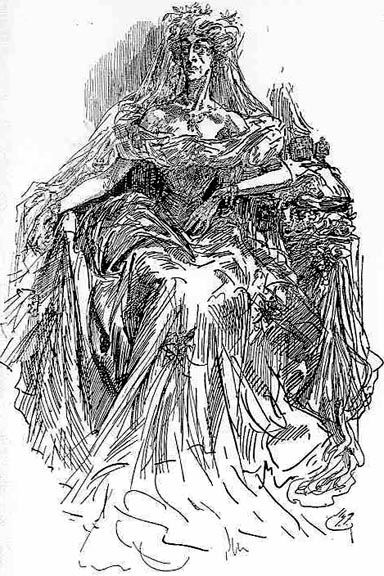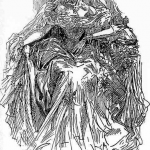
Writing Pitfall #3: Flashbacks
 Writing Pitfall #3: Flashbacks
Writing Pitfall #3: Flashbacks
Reposted with permission from Write divas
Literary flashbacks (analepses), and to a lesser extent flashforwards (prolepses), are the bane of many an editor. Why? Mostly because of misuse by authors who don’t understand when, why, and how to use these tools effectively.
A flashback does one thing well. It halts the forward momentum of the story in the present in order to visit something that has already happened. It’s simply not part of what’s happening in the story right now. And its counterpart, the flashforward, foreshadows things to come, creating a situation where the reader might feel “led” by the author rather than allowed to discover what’s to come naturally during the course of the story.
Is there a time when a flashback is the best option? Sure, but most of the time there’s a better alternative. While it can be used, it needs to be handled correctly and not get out of hand. For example, if a past event shapes the current ideas, attitudes, and actions of the protagonist or antagonist and the best option is to show the scene rather than tell about it, then do it. But if it is backstory that can simply be mentioned without losing something in the story, skip the flashback. A pages-long flashback that shows a warm and cuddly first date but does nothing to move the story forward should be left out. This can be tough because many first time writers believe they must show every detail of a remembered event that could have been a footnote.
If the event wasn’t important enough be a part of the story in the present, it shouldn’t be handled with a flashback. For example, I recently read a story where the main character’s behavior was shaped by an event that happened ten years earlier in high school. This author handled the situation admirably by foregoing the flashback and simply giving the facts of the event, the results, and how she overcame the embarrassment. A less experienced writer might have written the entire scene as a flashback to show the character’s mortification. But the event happened ten years before the current story takes place. And while it did change some of how protagonist looked at relationships, it wasn’t a life-altering event. A flashback would have been unnecessary and would have stalled the story before it had a chance to get off the ground.
If a flashback is necessary, there are a few guidelines to keep its impact on the flow and pacing of the story to a minimum.
- A flashback should not start a scene or begin after a brief introduction to the present scene. When there’s nothing in the present scene to justify the flashback, the chapter is simply a pretense, and it feels like a cop-out. If the flashback needs to be given because there’s no other way to convey the information, then the setup for the flashback should be just as important. If the information is backstory that can simply be mentioned or explained in a conversation in the current scene without the story suffering, skip the flashback.
- The scene itself should be powerful enough to justify stopping the forward momentum of the book. If you want to show a fluffy scene or a first kiss, skip the flashback and move on. The event needs to be important to the story. If it’s not contributing, it doesn’t even deserve a mention.
- The vehicle of the flashback should be an emotionally charged scene or something that triggers the memory. Gazing out the window or getting lost in one’s thoughts are poor transitional tools and won’t cut it.
- Make the flashback as brief as possible. Pages and pages of a past event are a surefire way to kill the story you are trying to tell and may cause your readers to skim or put down your book.
A few other tips: Limit flashbacks—drastically. If more than one is needed, don’t stack them. Enough of the present story line should be written between flashbacks to keep the reader grounded. Transition readers in and out of the flashback smoothly, but make it clear to your readers when and where they are at all times or they will become disoriented. Using a different verb tense for the flashback can sometimes help readers keep track.
So the general rule of thumb on when to use a flashback and when not to use one… if flashback isn’t a pivotal event, it’s probably not important enough to flash back to. If the story needs to have more than two small flashbacks, maybe you should consider writing a prequel or novella.